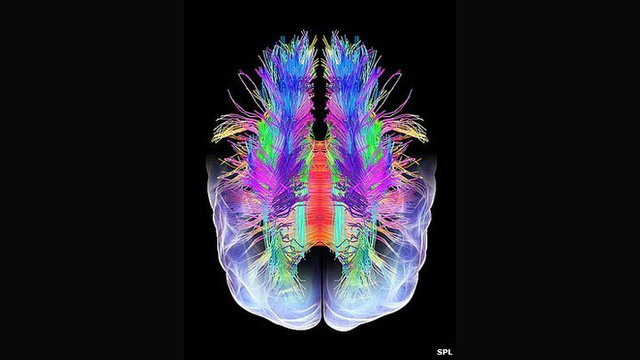This is a nice comprehensive blog entry about memorizing things through Spaced repetition. There is a lot of neuroscience that shows that neural circuits “learn” (attain permanent state changes) based on repeated firing of the right circuits. And they learn optimally when the stimuli come at regular intervals of specific periods. So if you want to memorize something, it’s best to hit yourself with the knowledge repeatedly at these intervals.
-
Recent Posts
- The effects of ibuprofen on muscle hypertrophy, strength, and soreness during resistance training. – PubMed – NCBI
- Which Type of Exercise Is Best for the Brain? – The New York Times
- Playfulness Is a Spiritual Practice | Psychology Today
- Feeling in control and taking the lead | Psychology Today
- How people evaluate what is true and what is not
Recent Comments
Archives
- July 2016
- November 2015
- October 2015
- June 2015
- March 2015
- February 2015
- December 2014
- July 2014
- June 2014
- May 2014
- April 2014
- March 2014
- February 2014
- January 2014
- December 2013
- October 2013
- September 2013
- July 2013
- June 2013
- May 2013
- April 2013
- March 2013
- February 2013
- January 2013
- December 2012
- October 2012
- August 2012
- July 2012
- June 2012
- May 2012
- April 2012
- March 2012
- February 2012
- January 2012
- December 2011
- November 2011
- October 2011
- September 2011
- August 2011
- July 2011
- June 2011
- May 2011
- April 2011
- March 2011
Categories
Meta

